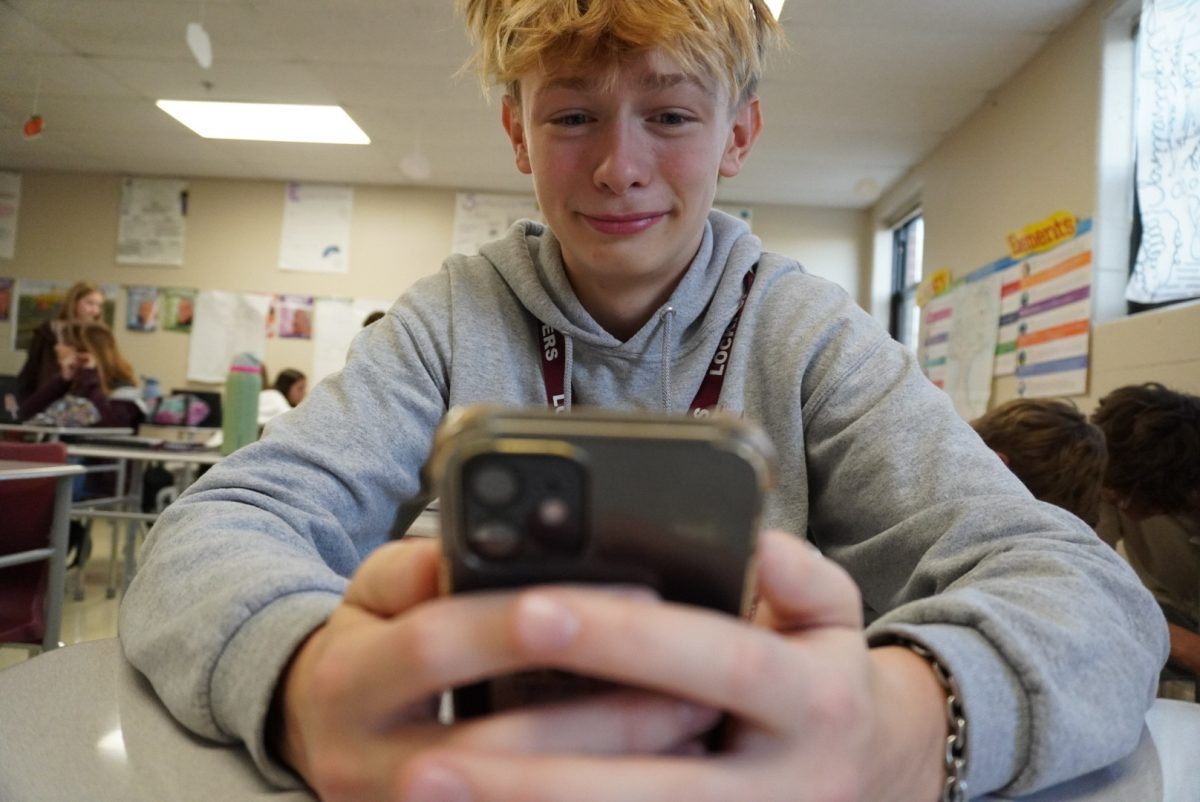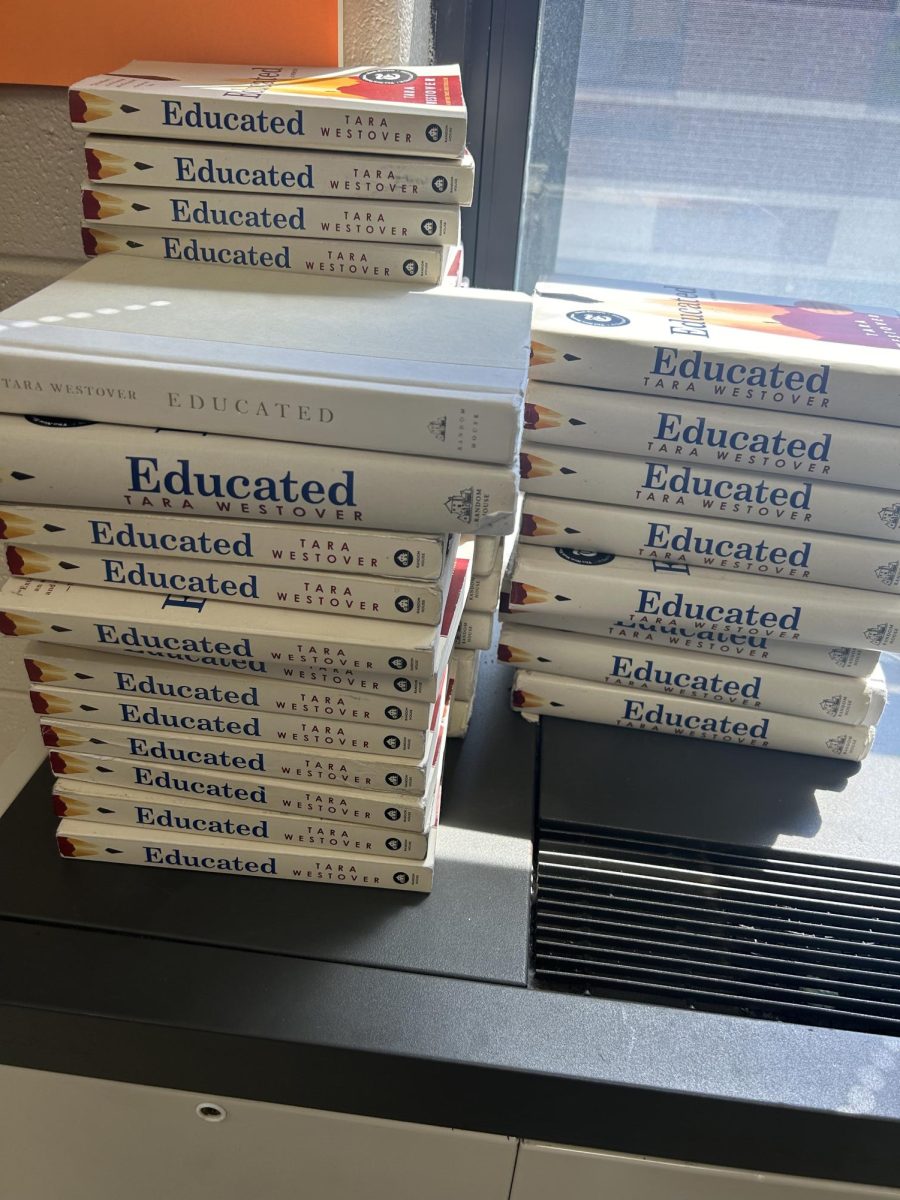If you’ve ever used TikTok, YouTube Shorts, Instagram Reels or god forbid Snapchat Spotlight, you’ve likely found yourself in the following scenario: You get home after a long day of school and just want to relax for a bit. You take out your phone, open your poisonous app of choice and start scrolling. And scrolling.
And scrolling.
After a while, you glance at the time on your phone. It’s seven o’clock and you’ve been scrolling for four hours. You groggily put down your phone, eyes singed from staring at the screen, and look at your reflection in the phone glass. God, I could have been doing anything else, you think. It’s too late now, however, and you’ll never get that time back.
…
Short-form content is a very broad category of content, but it can generally be defined as vertical videos or photos that are less than 60 seconds in length. Of course, this is a very narrow definition, but it’s generally what we think of when the term comes up. This type of content is usually designed to be easily digestible, spontaneous and mindless, just like fast food (minus the “easily digestible” part). Every popular short-form content platform has an infinite scrolling feature, allowing a user to skip to another video when they get bored of the current one.
This type of content has its roots in the long-gone platform Vine, famous for its home-grown six-second videos. According to a 2016 Verge article by Casey Newton, this limitation slowly morphed from a creative challenge into a creative burden, eventually leading to the downfall of the platform once rival platform Instagram introduced 15-second videos. I’ll never forget the endless hours of “clean vine compilations” I watched and memorized. “Road work ahead,” anyone?
During Vine’s decline, other similar apps began to gain traction in the United States. Musical.ly quickly became the talk of the town, with its prominent lip-syncing feature spawning a new breed of trends surrounding dances, skits, and other sound bites. It continued to grow until Bytedance, a Chinese company who operated a similar app named Douyin, acquired Musical.ly in 2017 before rebranding it to TikTok.
TikTok had been fairly popular before 2020, but the pandemic led to an explosion in app downloads, jumping from roughly 200 to 300 million downloads in the first quarter of 2020 according to Statista. Per usual, other social media platforms quickly copied the TikTok format, with Instagram, YouTube, and Snapchat all implementing their own short-form video feeds.
That leads us to today, where 60% of teens regularly use TikTok, Instagram, and/or Snapchat according to a 2023 Pew Research Center survey.
It doesn’t need to be this way, however.
On some level, everyone who has scrolled on these platforms knows that it’s bad for you. I mean, the terms “brain rot” and “doom scrolling” exist for a reason, but quantifying the harms and benefits of these platforms is quite tricky and anecdotal most of the time.
But I implore you to look around and observe your own and others’ habits. Once class is over, most people take out their phones and start scrolling. People seem as quiet as they’ve ever been. Many find it harder to focus on long tasks that require attention. There are perfectly valid counterarguments; However. Many use their phones for educational purposes, such as viewing assignments, sending emails or even taking photos for photography class,b ut let’s not kid ourselves. While we may open our phones for reasonable intentions, we often end up sucked back into the endless scrolling trap.
When we zoom out and look at the nation, we find ourselves in a political hellscape. Angry and conspiratorial content is rewarded in these app algorithms with increased engagement and ad revenue. While this has always been true for social media platforms, short-form content has escalated the situation beyond what we thought was possible, as evidenced by the misinformation rife in Hurricane Helene/Milton discussion.
Of course, I don’t want to act like I am the purest of individuals. I still have Snapchat on my phone (although I only use it for texting and checking my friends’ stories), I spend an excessive amount of time at home watching YouTube on my computer and last week I spent four hours on Apple News alone (yikes). But ever since I deleted TikTok, Instagram and YouTube off my phone roughly two years ago, I have felt a noticeable difference in my ability to pay attention, my social skills and a much more productive use of my time. I spend more time enjoying hobbies, hanging out with friends, and exercising. In no way do I regret deleting those apps off of my phone.
I realize this is just my experience. I could attempt to show you statistics or other folks’ experiences in a neatly written column. But you really don’t need to assess a large amount of opinions and data to judge whether or not deleting short-form video platforms off your phone is a good idea. Just do it. Go ahead, delete TikTok, Instagram, YouTube, or whatever else you have. If you don’t think deleting those apps impacted your life much, you can always redownload them.
Corporations have turned our time and attention into a commodity. We’re constantly pressured to be watching or listening to something instead of just being present. If we want to stop this phenomenon from going too far, the first step is to simply reject it. You’re welcome to use your time however you please, but do you really want to spend your precious and limited time watching “Family Guy Funny Clips with Oddly Satisfying Soap Cutting #54?”
On second thought, maybe.









Metalhead • Apr 23, 2025 at 3:35 pm
This is precisely how people’s brains rot away….. Avoid short form content at all costs!